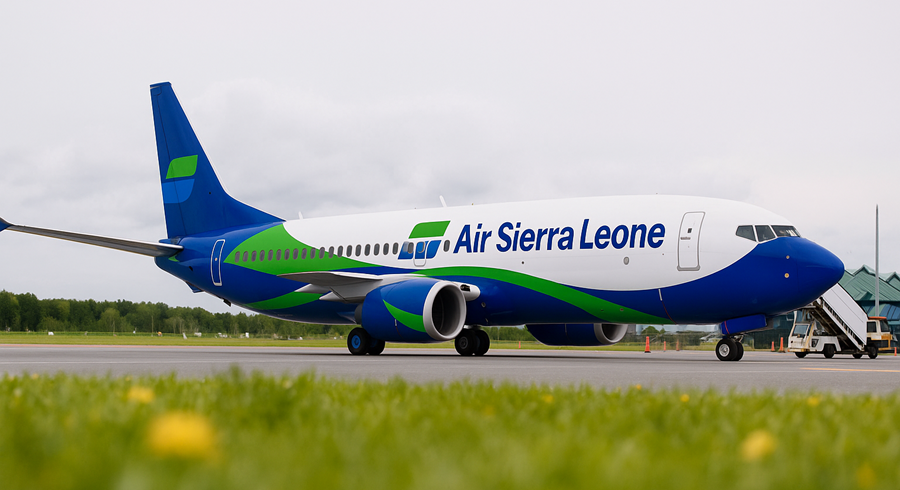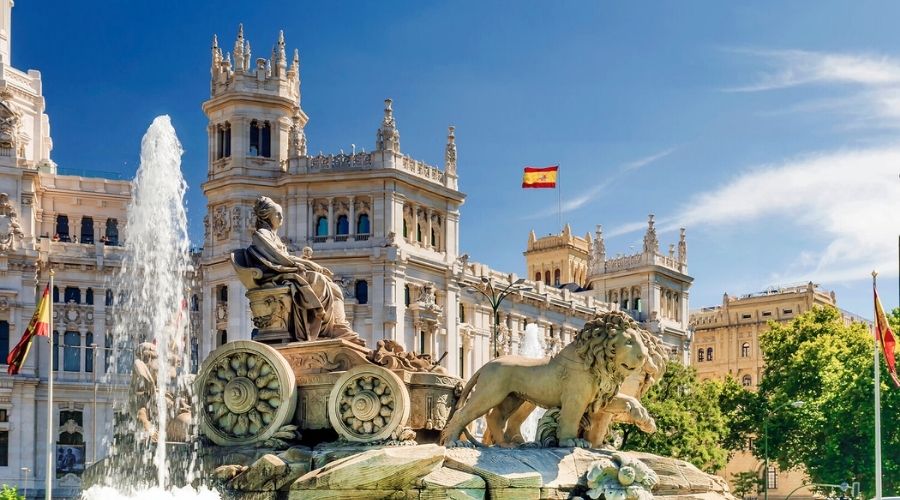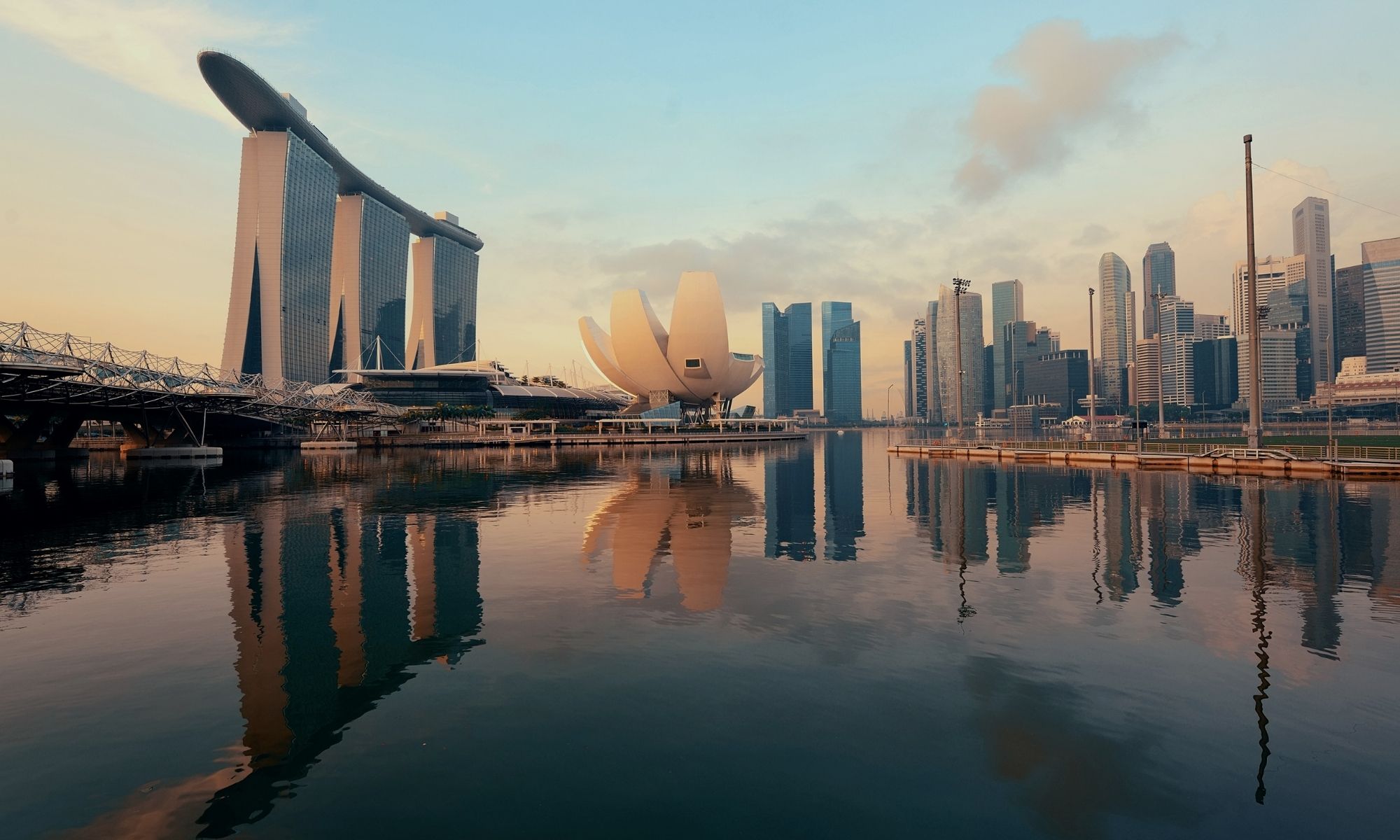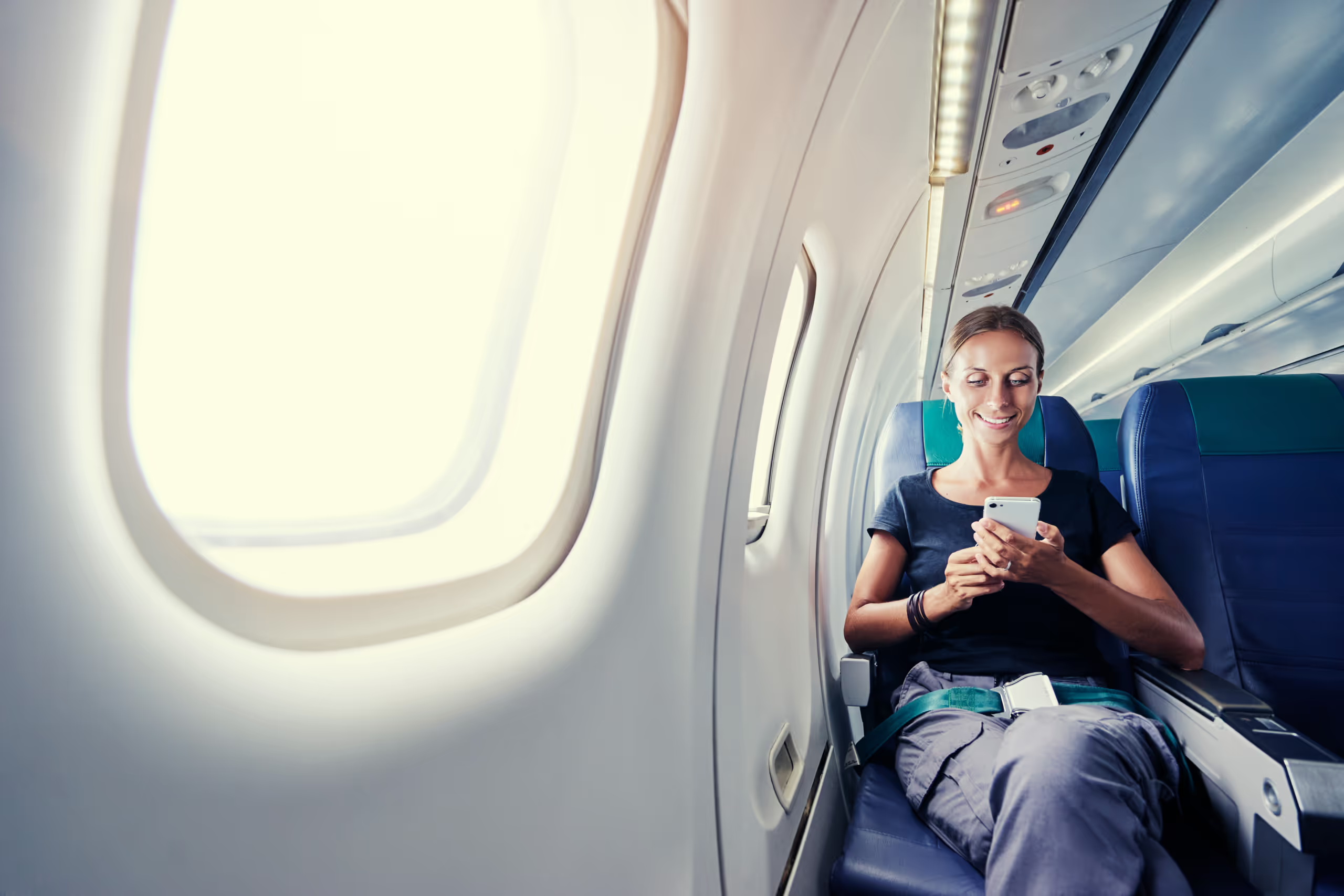Key Drivers for the Future of Rail Passenger Experience
Explore the 5 key drivers shaping rail travel's future: affordability, connectivity, MaaS, reliability, and sustainability in passenger experience.
As the world propels into an era of increased ridership on shared transportation modes and a notable shift away from personally owned vehicles, the horizon of rail travel is undergoing a transformative shift. In this dynamic landscape, the convergence of elevated consumer expectations and the omnipresence of digital channels is molding an evolution like never before. Passenger experience, once considered a mere complement to the journey, is now rapidly emerging as a paramount driving force in the realm of mobility.
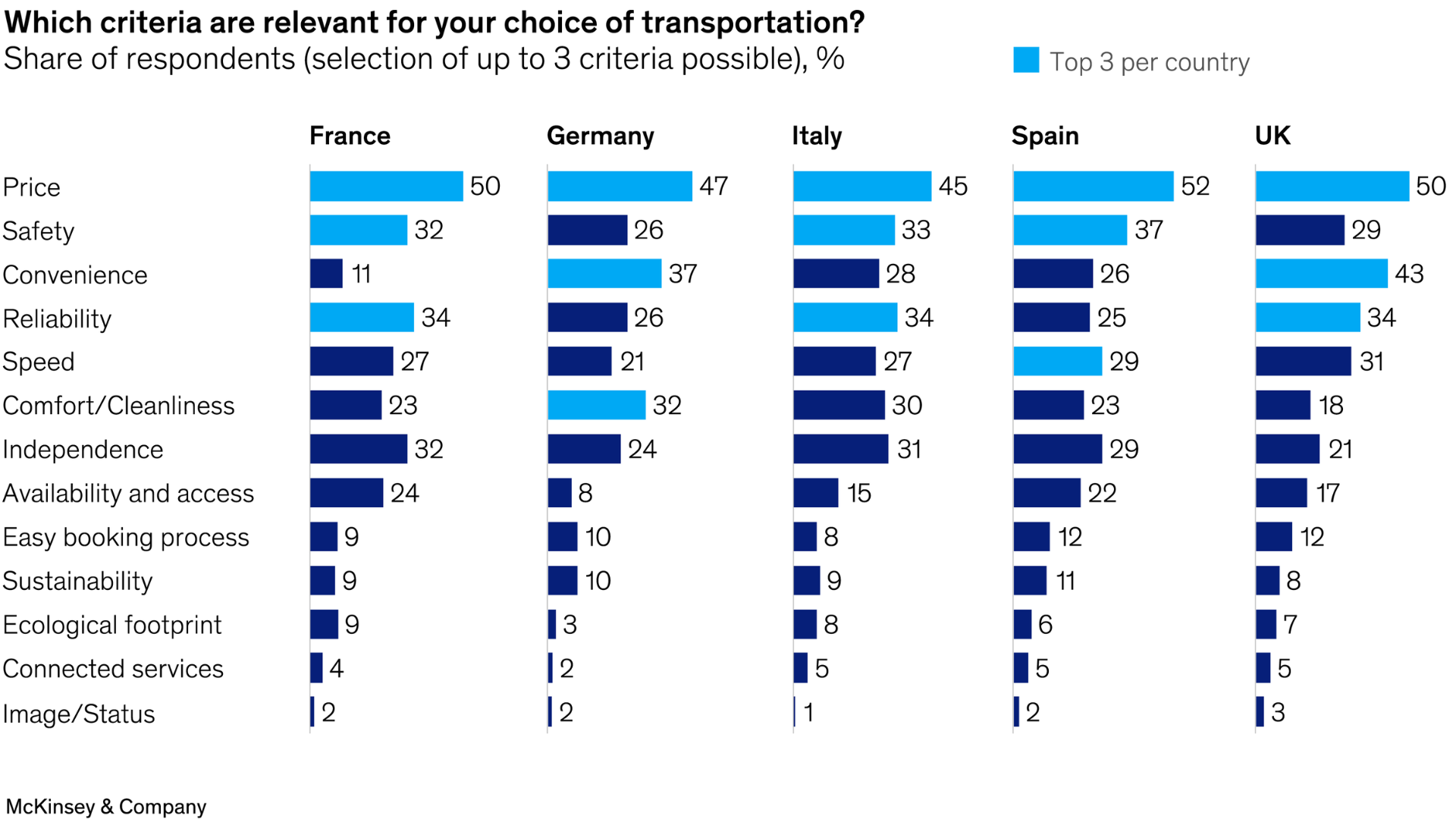
Because passenger travel is more than simply the means to an end, here are 5 major key drivers to look for in the years that will shape the future of passenger experience and the mobility landscape :
1.Affordable Pricing and High-Value Tickets
In light of ongoing inflation and the backdrop of market liberalization that has expanded choices, the consideration of price and the value it provides have become even more significant factors for passengers. Similar to the airline industry, travelers now desire the option to pick between budget-friendly and « premium » rail tickets. A notable example is Ouigo, a French budget high-speed train service, which provides no-frills tickets. Passengers have the option to pay additional charges for selecting seats, extra luggage, and access to power outlets.
2. Enhanced Connectivity and Onboard Entertainment
Several rail operators (TGV Inoui, Renfe, DB…) have introduced internet multimedia platforms accessible to passengers during their journeys. These platforms enable travelers to remain connected and entertained throughout the trip. By allowing passengers to stream movies, TV shows, music, and other content, operators create a delightful experience that keeps travelers engaged during their journey. Improved onboard experience helps railway companies into convincing passengers to shift to rail travel for both short and long distances.
Ouigo’s success story is a strong example of how digital onboard services enhance passenger engagement and loyalty.
3. Mobility as a Service (MaaS)
Mobility as a Service also called or « MaaS » is emerging as a key driver facilitating the transition from physically connected to digitally connected services. It typically involves a mobile application that equips users with information, booking options, and ticket payment for a wide array of transportation modes. This empowers passengers to seamlessly plan end-to-end travel according to their preferences. For instance, intermodal initiatives like Jelbi in Berlin, Germany, and Whim in Helsinki, Finland, are multiplying across Europe.
4. Improved reliability
Advances in technology and digitization are enabling solutions and innovative ways to attract customers by improving rail reliability, which is the 3rd decision criteria towards choice of transportation in Europe and North America. For instance, railway companies are leveraging IoT technology to improve planning and optimization of transport networks and services. It will result in a resilient and connected rail travel experience that is safe, seamless and has the traveler at the front and center of the whole transportation business.
5. Sustainability
As Europe strives to achieve its net-zero objectives, sustainability has become a paramount consideration in transportation. Passengers are also increasingly environmentally conscious. When queried about their sustainability preferences, 87 percent of customers expressed an interest in eco-friendly rail options (although only 12 percent indicated a willingness to pay a premium for sustainable products or services). For instance, Iryo has ensured that its trains meet the latest environmental standards to provide eco-friendly transportation. These trains are made from 95% recyclable materials and run on 100% renewable energy, making them more sustainable than traditional train options.
At Moment, we support travel companies by providing innovative digital solutions that enhance the passenger experience across rail, air and sea. As travel enters a new era, we are committed to creating connected, engaging and sustainable journeys for all.

Discover our latest news
Ready to redefine your journey with innovative solutions?
Start powering your digital journey with Moment.



